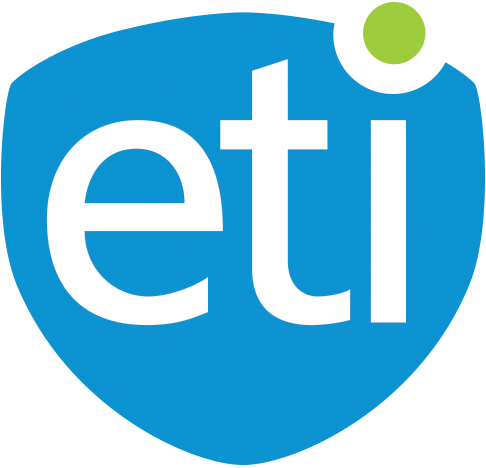Service lifecycle management (SLM) helps to align all parts of a system, including the workforce, customer service, management, technical communication, field service management, and product support operations to give clients the best possible experience with a company’s services.
ETI’s service lifecycle management software helps to optimize and support internal operations for WISPs, including the customer service, deployment, and maintenance of telecommunications systems including both Wi-Fi connections and Ethernet-LAN connections for video, voice, data, and IoT communications. With end-to-end support, it gives a virtual dashboard that highlights problem areas and offers a complete overview of devices, services, work areas, and more.
For more information about service lifecycle management from ETI, continue reading.
Service Lifecycle Management Transforms Internal Operations
Whether struggling with firmware updates, technical documentation, truck roll-outs, or missing coverage areas, keeping everything working as it should is a trouble for most ISPs. To overcome these issues, companies often need to hire more people, revolutionize the way they handle mapping, and sometimes, people have to fall behind. This results in customer churn and lost income. It doesn’t have to be that way.
With service lifecycle management from ETI, companies get support as they integrate new services, increase the efficiency of their existing networks, scale to meet the needs of their growing customer bank, and remain competitive for household and business usage. With ETI’s service lifecycle management software, it is easy to do all that and more. Our software’s geospatial dashboard is easy to read and integrates with existing systems to prevent any learning curve. In a single glance, ISPs are able to see their service areas, target any problem areas, and plan for future development and outreach.
Our WISP lifecycle management dashboard provides a simplistic, smart overview of the real-time data CSRs need to update clients on their accounts, highlight problem areas, check on work orders, and access service history.
WISP Service Lifecycle Management Through Unified Device Management
ETI’s Unified Device Management provides service lifecycle management for devices, regardless of vendor. CSRs can get all of the information they need to help diagnose problems without truck roll-outs. Everything is automatically gathered so that customer service reps have the latest information, can monitor connectivity, and understand capacity – all in real-time. They will be able to check whether or not the problem is widespread or can be traced back to a singular customer.
When the problem is solved, the solution is checked and banked so that future issues can be solved instantaneously. It also puts this information in customer history, helping to improve client satisfaction and reduce churn.
ETI’s service lifecycle management software works on almost all devices and integrates seamlessly within a WISP’s current monitoring system. It cuts down on the work that a workforce needs to do and ensures that everything is aligned for pushes that are seamless. We have one of the largest libraries of vendor integrations. Most are ready to go out of the box (off the shelf) there is no need to custom build or customize anything. Even better, it will update automatically so that most companies can immediately plug into devices and reap the benefits of our ongoing development.
Who Benefits From Service Lifecycle Management?
There is a growing need for service lifecycle management because devices and technologies are changing so quickly. WISPs have a need to connect to and monitor devices remotely. Not only does this save time for workers and customers, but it helps to keep overhead low. It can also help to target specific issues and areas, ensuring problems don’t become widespread. All of the live data can be used to make decisions quickly and efficiently, especially when there needs to be swift action.
All of this information is easily accessible and customized to meet the needs of a particular role or company. In many instances, technicians can check something in just a few seconds that used to take hours.
ETI has many advantages over other service lifecycle management platforms, but the biggest one is the geospatial dashboard that gives location intelligence in real-time. It displays the current status (good, average, poor, offline) with colors and words, allowing for instant identification of problems.


